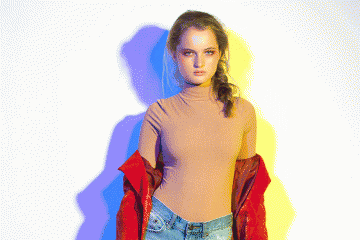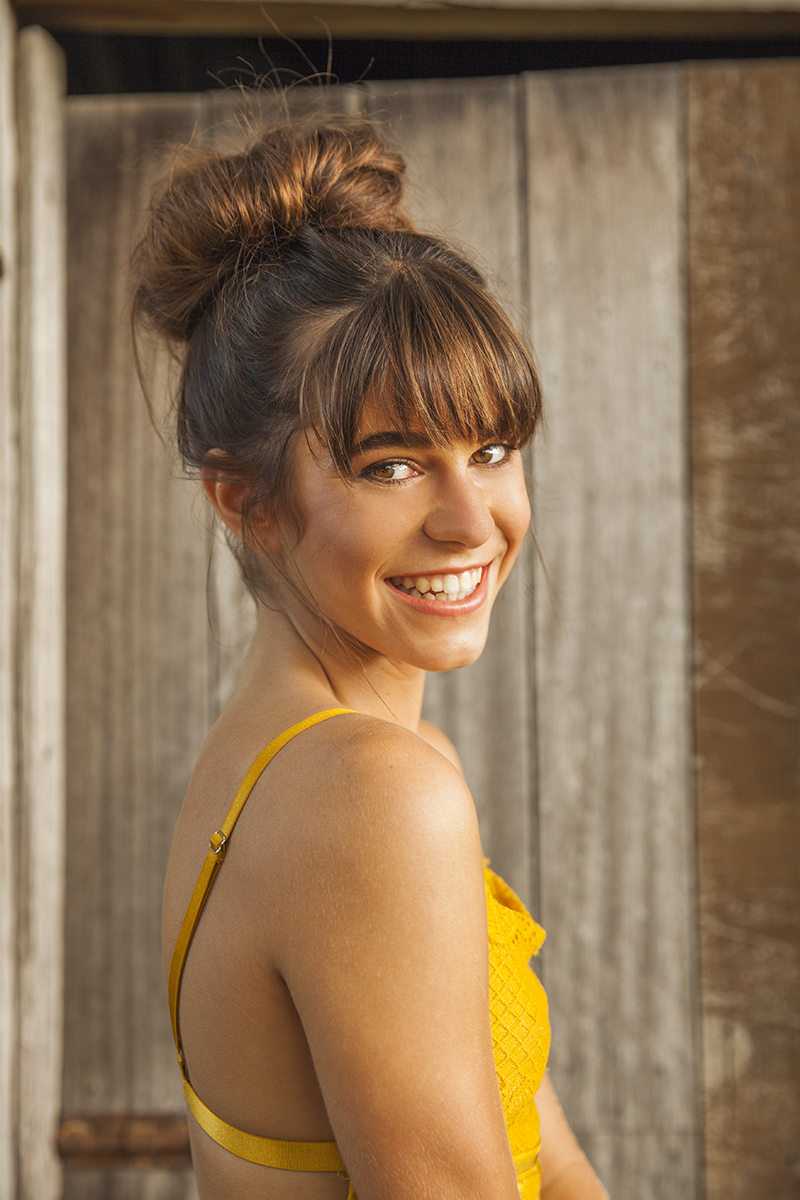How to Master Product Photography
What we're discussing
Product photography, or shopping photography as it's sometimes understood, is primarily what it seems like: photos taken and also utilized on internet sites and social media systems to aid drive sales of your service or product. Offered the rise of buying online, the choice of products and also brands offered to customers in any provided classification can be huge-- indicating the images that highlight what you're marketing and also why it's worth getting are a essential element for any type of service marketing online.
Why it is necessary
There's even more to product photography than revealing prospective consumers what your product resembles. Well-considered images can put your product in context, helping a consumer see how it could fit into their very own life. Actually, researchers discovered that vibrant as well as thorough images of a product increases a client's psychological feeling of ownership of that product. Photography can likewise help increase your brand, reinforcing what you stand for and also what you're everything about. Every one of these things raise the possibility of motivating a purchase.
Taking photos that offer context and build your brand name doesn't always need a lot of fancy tools or a specialist digital photographer-- though those two things can help. You just require to think through your objectives when it comes to photography and spend a long time and also energy right into bringing those suggestions to life.
Points to keep in mind
Different sorts of photos offer various purposes. One photo does not fit all. For just one product you could need numerous pictures: basic product shots on a white background to use on marketplaces; well-known product shots to use by yourself internet site or social channels; way of life shots that show the product being used or in an aspirational setup; detail shots that record key elements or attributes you want to highlight; and behind the curtain photos that catch the procedure behind the product.

Consistency is key. To make sure all your items are associated with your brand, see to it the means you picture them is relatively constant. All your product pictures should be shot from the exact same angle and also distance, and all way of life shots need to have a comparable tone as well as colour scheme. Think about what you wish to accomplish here, and also as soon as you manage it, attempt to ensure other pictures you absorb the future look similar.
You do not need a pro to take pro shots. Sure, a expensive DSLR electronic camera and seasoned eye will certainly make obtaining beautiful product photos simpler, yet you can still reach a excellent area doing it yourself with a little focus to detail and some fundamental equipment. Use the most effective video camera you have useful (this might be on a mobile phone, which is completely fine), a ad campaign photography tripod to keep points steady, some fundamental poster board or huge sheets of paper to make use of as backgrounds and also white foam board to diffuse as well as you'll be a in a respectable beginning position to obtain some terrific shots.


How to shoot images of your product
1. Make a state of mind board. Don't avoid this step. Take some time to collect images that catch the feel and look you intend to replicate in your images. Research the angles used, the props in position and the colours and also tones of the photos that motivate you and try to find patterns in the things you're drawn to. The notes you make here will help you decide what to opt for when styling as well as firing your very own pictures.
2. Decide what you need. Make a list of all the photos you want for every product. At minimum, this need to probably include a couple of simple product shots (that show the item from different vital angles) on a neutral background; some more enjoyable product shots that align much better with your brand name; and also way of life shots to put the product in context for your client.
3. Establish the scene. Perfect your established on shoot day. Pick a time of day when you have access to all-natural light as well as established your location ( possibly a table near a big home window) with background papers and props as required. You can utilize Blu Tack or tape to maintain things ready-- take some time to ensure the set up works for your images.
4. Take and take back photos. Time to fire! It will probably take a number of tries to get the shot specifically right, so don't hesitate to take multiple pictures of the very same configuration at the very same angle. Ensure to quit as well as examine to see what the images resemble as well as focus on the details. Is the illumination also or are any type of essential features covered by shadows or highlights? Exist any disturbances within your frame that might not have the ability to be modified or chopped out later on? Make certain you record all the shots you https://app.gumroad.com/adwordsclem/p/introducing-your-brand-the-significance-of-a-brand-photographer-in-gold-coast-1a7205c0-cf14-4c99-b835-4ffb5587c39c provided out when intending your photoshoot.
5. Make edits and options. Experience all the images you took and also pick one or two images of each type for each and every product that work the very best. Limit the ones you plan on making use of to showcase your product online, then make edits to aid all the pictures look constant. Again, no pro abilities needed-- fundamental software application on your phone or computer system can help chop out distracting components and change things like contrast and also direct exposure to aid see to it the product is portrayed plainly.
6. Optimize pictures for the web. Before utilizing your images online, see to it they are sized properly-- both in terms of element proportion (the percentages of the photos) and also resolution ( the number of pixels produce the image) for the platform you're posting on. Different social media sites platforms or website designs typically utilize various dimensions and specifications ( look into this convenient cheat sheet). You'll need to see to it the photo is of good-enough quality so it isn't fuzzy, however has a little sufficient documents dimension to make it load promptly. Ultimately, make certain pictures are named descriptively, so internet search engine can bring them up when people search for items like the ones envisioned in your images.
Trick takeaways
• You'll want a few various styles of pictures for each of your products-- there are likely to be numerous functions you'll require your photography to fulfill.
• You can DIY wonderful product pictures with some basic package: a tripod, a respectable mobile phone and some straightforward paper backgrounds and also props.• Lights is essential-- capturing near a home window at a intense time of day can make a large difference.